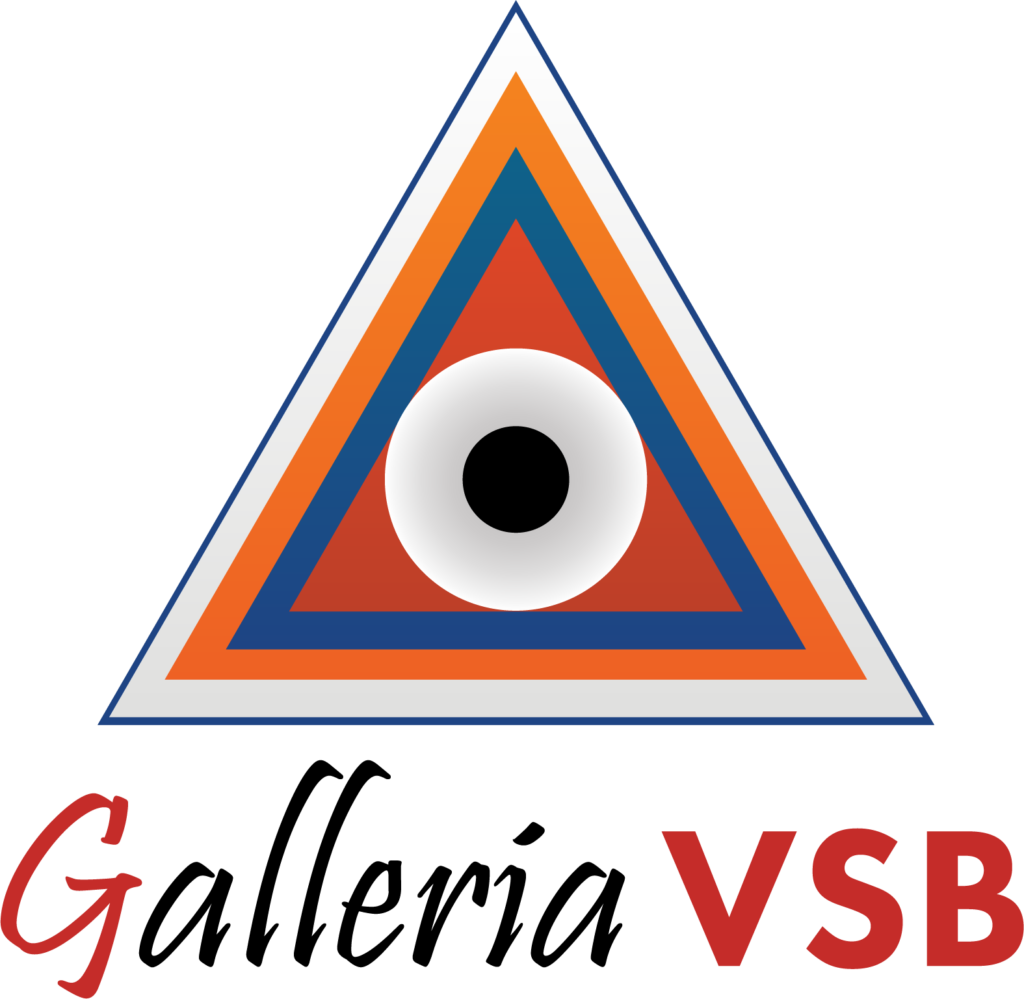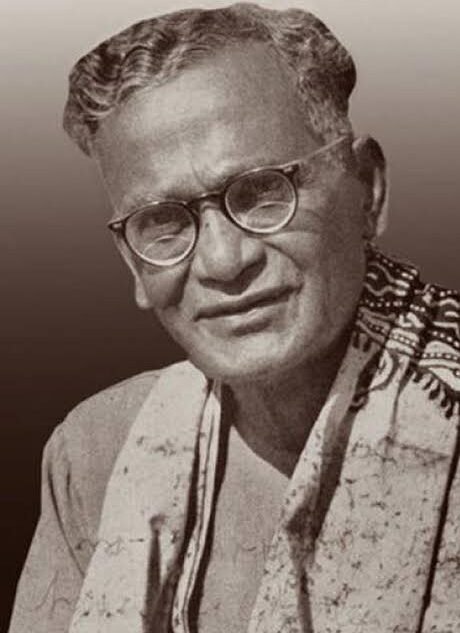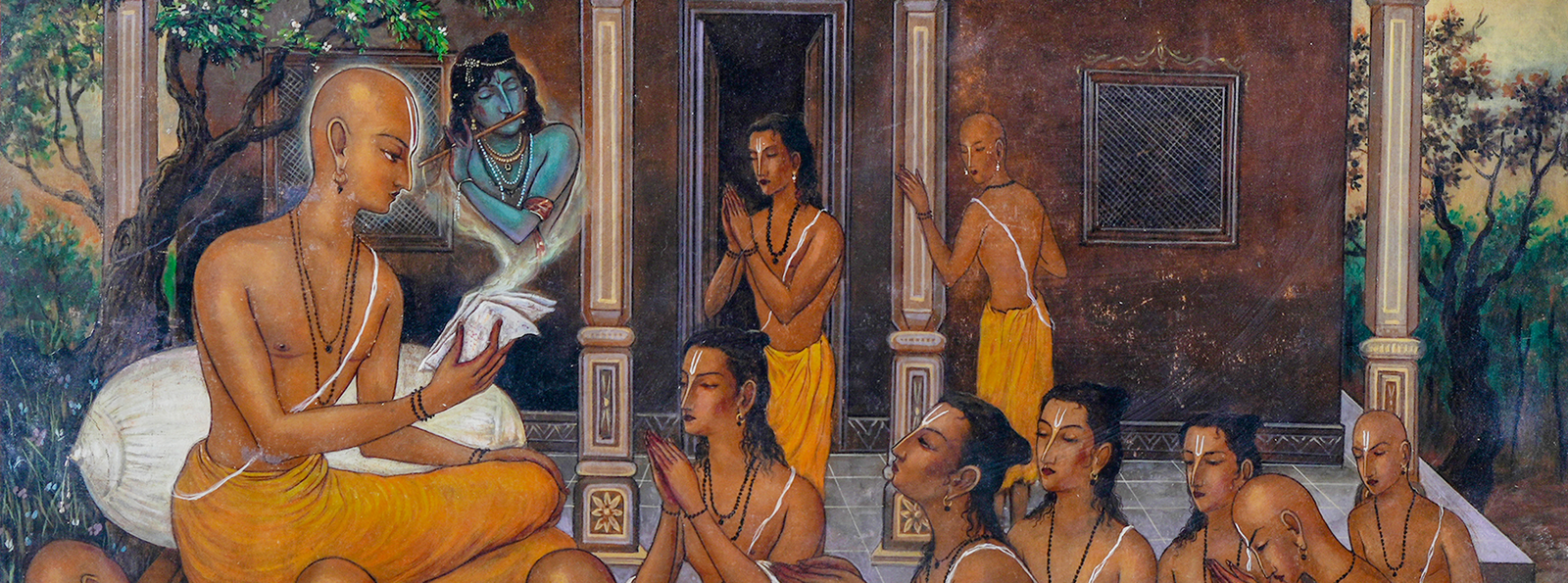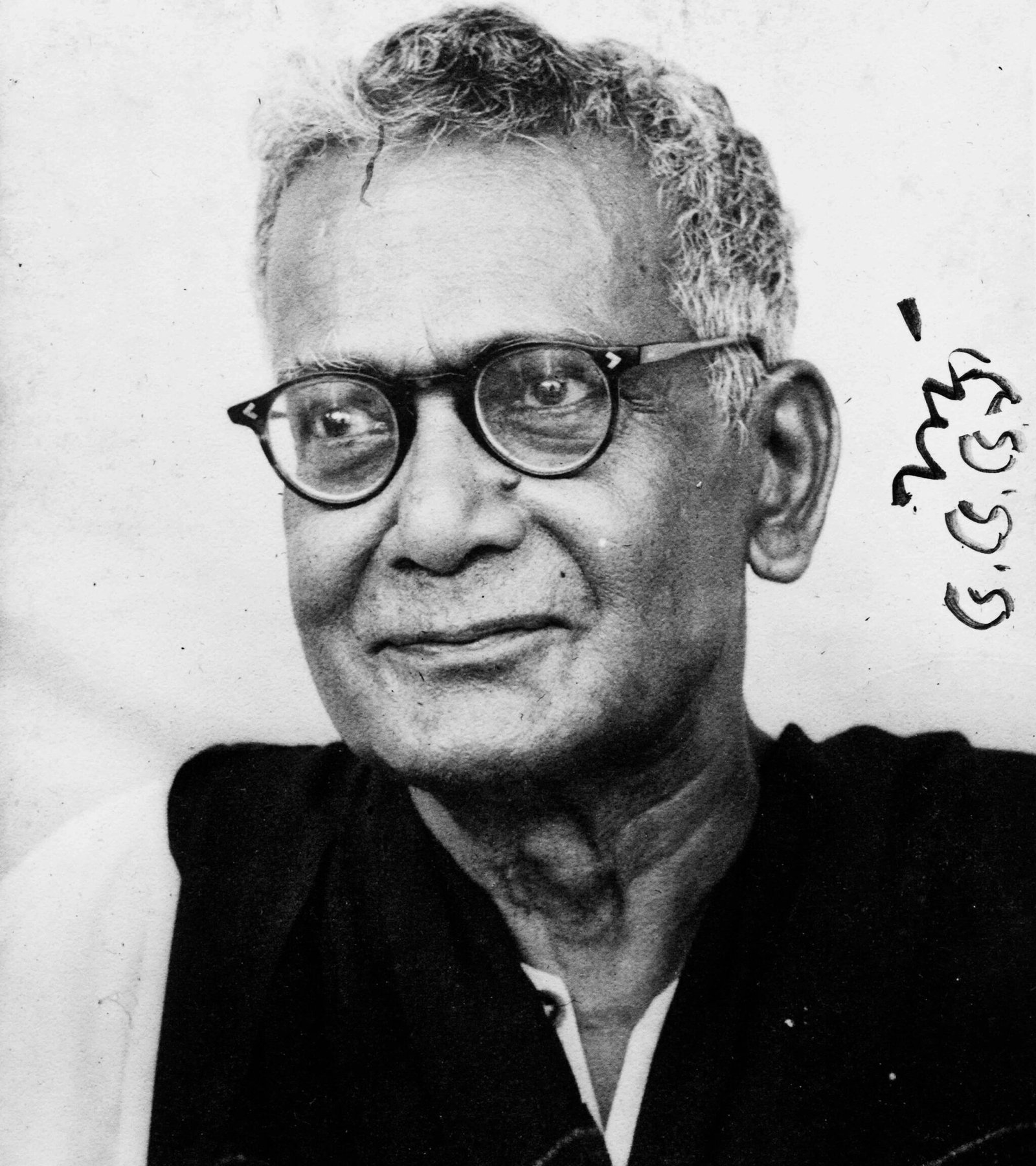Nandalal Bose (1882-1966), known as Master Moshai was a renowned Indian artist and a student of Abanindranath Tagore. Deeply inspired by India’s traditional folk art, he loved the colours, patterns, and stories of local traditions. He adapted these elements into his own work, creating a distinctive style that told stories of Indian life.
His career began during the Swadeshi movement, when Indians rejected British colonial influence and revived their cultural heritage. He turned away from Western art, drawing inspiration from India’s ancient murals at Ajanta and Bagh, as well as Mughal miniatures. His work reflected the richness of Indian history and traditions.
In 1919, Rabindranath Tagore invited him to lead the Kala Bhavan art school at Visva-Bharati University in Santiniketan, a hub for creativity and Indian values. Nandalal also played a role in India’s independence movement, designing posters for the Indian National Congress during the 1938 Haripura session. These posters, celebrating Indian culture, became widely admired.
His contributions to art shaped modern Indian painting while preserving traditional roots. As a teacher and artist, he left a lasting impact, making him one of the most respected figures in Indian art history.






